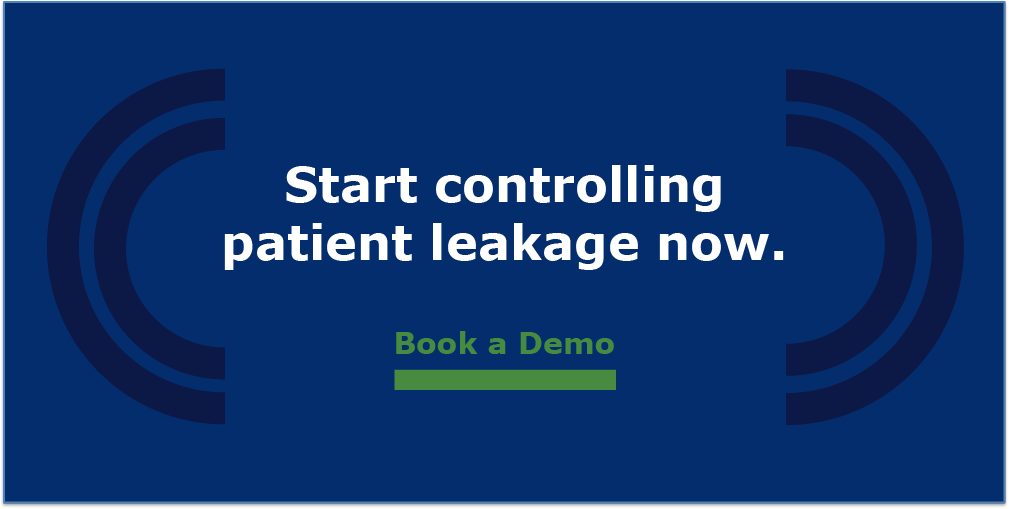The True Cost of ACO Patient Leakage

Accountable Care Organizations (ACOs) — the providers, health systems and their supporting payer networks who join forces to achieve better quality care and lower healthcare costs — are continuously searching for ways to provide the most efficient care coordination and minimize the cost per patient.
The potential impact is huge. There are currently about 560 Medicare ACOs in the U.S. and approximately 20.5 million people are served by an ACO, according to Becker’s Hospital Review.
It is crucial that ACOs pay attention to transitions of care. Any interaction that increases cost, duplicates care or encourages the patient to seek care elsewhere is hazardous to the ACO's health. That’s why patient leakage is one of the biggest threats to ACO success.
What is Patient Leakage?
Also referred to as out-of-network leakage or reduced network utilization — leakage occurs when a patient receives care outside of your ACO network. You can help control it by empowering your providers to transition patients to in-network specialists.
Physician referrals that result in visits outside the ACO are estimated to cost you $100 or more per out-of-network visit. That adds up to more than $10 per member per month of avoidable spend!
Multiply that by the total number of members in your ACO and that adds up to a lot of lost profit — money you could keep by managing the patient journey. And if those members stay out-of-network, choosing not to return to your primary care providers, you lose the reimbursement for their care and even more revenue.
How Can You Stop Patient Leakage?
Taking control of the complete patient journey and guiding your patients to the highest quality, in-network providers is one strategy to stem leakage.
Consider:
Does your referral management workflow in use today prioritize the providers in your ACO so that physicians looking to transition their patients are more likely to direct patients to in-network providers?
If you could, would you not only share the specialist’s contact information, but also schedule the patient’s appointment with an in-network specialist right at the point-of-care? Booking at the point-of-care is shown to improve patient show rates 60 percent or more.
What could you do with visibility into all care transitions as they happen — with enough time to take corrective action to either provider behaviors or patient choices that are hurting your outcomes and raising your costs?
And finally, how do you coordinate care across EMRs so that specialists always:
- know the reason for the referral,
- have access to patient clinical data to avoid duplicate testing and
- close the loop by sending notes back to the referring provider?
Taking the time to think through how you manage these care transitions can have a big payoff when it comes to reducing patient leakage in the ACO.
Sources:
https://www.beckershospitalreview.com/accountable-care-organizations/how-many-patients-are-in-acos.htm
http://www.ihi.org/about/news/Pages/Closing-the-Loop-on-Specialty-Referrals-in-Health-Care.aspx
Written by Jackie Simon
Jackie is our specialist on all items pertaining to marketing. She ensures that we produce superior content, processes and experiences that engage and educate people about ReferWell. With more than 15 years of experience, Jackie keeps people informed about ReferWell happenings, which contributes broadly to ReferWell’s success.

 © COPYRIGHT REFERWELL
© COPYRIGHT REFERWELL 